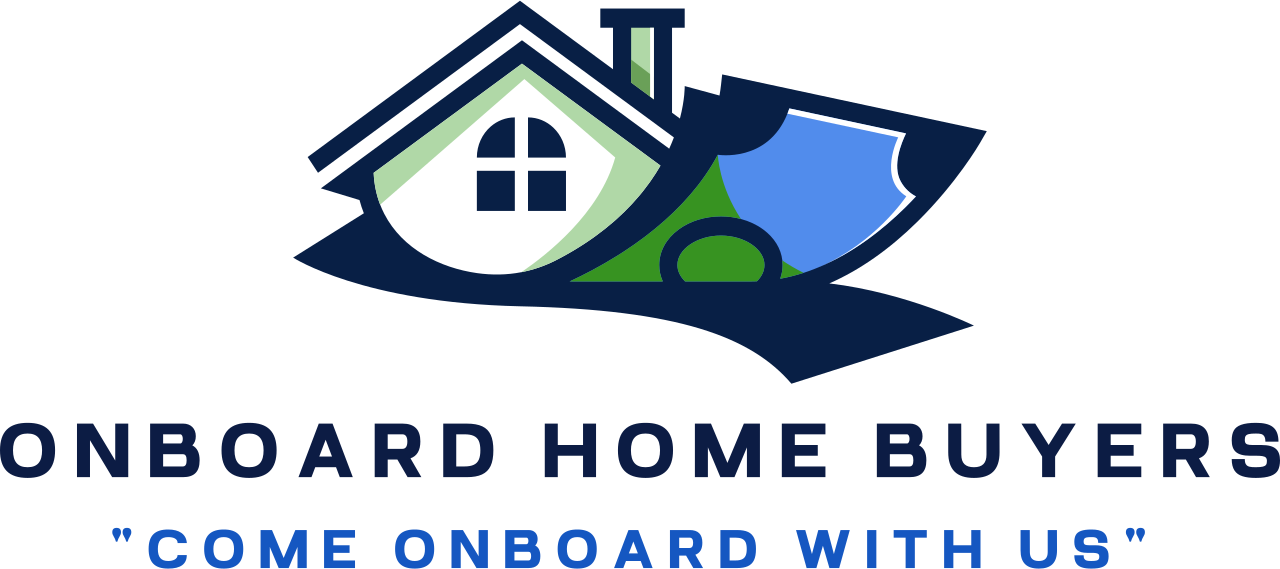
Navigating Florida’s diverse and dynamic real estate market can be a complex endeavor, laden with industry-specific jargon that can make or break your investment. Whether you’re a seasoned investor or a newcomer, understanding key real estate terms is crucial for making informed decisions. This article demystifies five essential real estate buzzwords—Cap Rate, ARV, 1031 Exchange, Absorption Rate, and Cash-on-Cash Return—that every investor should know to thrive in Florida’s competitive property landscape. By grasping these terms, you arm yourself with the necessary tools to assess opportunities, mitigate risks, and optimize returns in the Sunshine State’s burgeoning real estate market.
1. Cap Rate (Capitalization Rate)
What It Is:
The Capitalization Rate, commonly known as the “Cap Rate,” is a critical metric in real estate that helps investors assess the potential profitability of an investment property.
Why It’s Important in Florida:
Florida has a diverse real estate market, with property values ranging from modest to extravagant, especially in areas like Miami Beach or Naples. Understanding the cap rate allows you to better gauge how much income a property is likely to generate relative to its purchase price. It’s a quick way to compare different investment opportunities in various Florida markets.
How to Use It:
Calculate the Cap Rate by taking the Net Operating Income (NOI) and dividing it by the property’s current market value or acquisition cost. A higher cap rate suggests a better return but often comes with higher risks. For instance, a property in a less developed area may offer a high cap rate but could be harder to lease.
2. ARV (After Repair Value)
What It Is:
The After Repair Value (ARV) is an estimate of what a property will be worth after all necessary repairs and renovations are completed.
Why It’s Important in Florida:
Florida is no stranger to extreme weather conditions, including hurricanes, that can result in property damage. Moreover, the salt-laden air can cause wear and tear over time. Knowing the ARV allows you to assess whether a fixer-upper is a good investment.
How to Use It:
Calculate the estimated costs of repairs and add them to the property’s purchase price. Then compare it to the potential sale price (ARV) to see if there’s room for profit. Make sure to get a professional assessment of the property’s condition to make accurate estimates.
3. 1031 Exchange
What It Is:
Named after Section 1031 of the IRS Code, a 1031 Exchange allows you to swap one “like-kind” investment property for another while deferring capital gains tax.
Why It’s Important in Florida:
Florida’s robust real estate market, strong tourism, and growing industries make it an attractive place for reinvestment. Utilizing a 1031 exchange can significantly enhance your investment capital by deferring taxes.
How to Use It:
Consult a tax advisor who specializes in 1031 Exchanges. Identify a replacement property within 45 days of the sale of your original property and complete the exchange within 180 days to take advantage of the tax benefits.
4. Absorption Rate
What It Is:
The absorption rate is a measure used to determine the rate at which available homes are sold in a specific market during a given time frame.
Why It’s Important in Florida:
Florida has areas of rapid growth, like Orlando and the Florida Keys, and understanding the absorption rate can help you evaluate market conditions in these areas.
How to Use It:
Calculate the absorption rate by dividing the number of homes sold in a specific period by the total number of available homes. Use this metric to understand if you’re entering a buyer’s or a seller’s market, which can influence your investment strategy.
5. Cash-on-Cash Return
What It Is:
This metric calculates the cash income earned on the cash invested in a property.
Why It’s Important in Florida:
Given the high property values in many parts of Florida, many investors opt for financing options. Cash-on-cash return provides a more realistic view of your actual returns, taking into account mortgage payments and other costs.
How to Use It:
To calculate cash-on-cash return, divide the annual net income of the property by the total cash investment. This will give you a percentage that represents the return on your cash investment. Use this to evaluate the sustainability and long-term viability of your investment, especially if you’re leveraging borrowed funds.
By delving deeper into these essential buzzwords, you arm yourself with the knowledge to make well-informed decisions, crucial for success in the ever-competitive Florida real estate market.
In a state as vibrant and varied as Florida, real estate investment offers endless possibilities but also presents its share of complexities. Understanding key terms like Cap Rate, ARV, 1031 Exchange, Absorption Rate, and Cash-on-Cash Return equips you with the essential knowledge needed to navigate these complexities successfully. Whether you’re evaluating the potential of a beachfront condo or considering a commercial property in downtown Orlando, these buzzwords serve as invaluable tools in your investment toolkit. At Onboard Home Buyers we believe that informed investors are successful investors. Our goal is to empower you with the insights and expertise you need to make the most of your real estate investments in Florida’s burgeoning market. Thank you for reading, and here’s to your future success in the Sunshine State’s real estate landscape!

